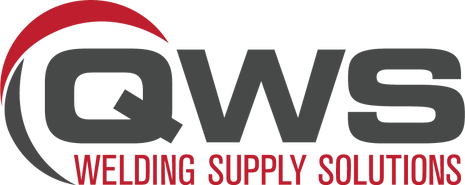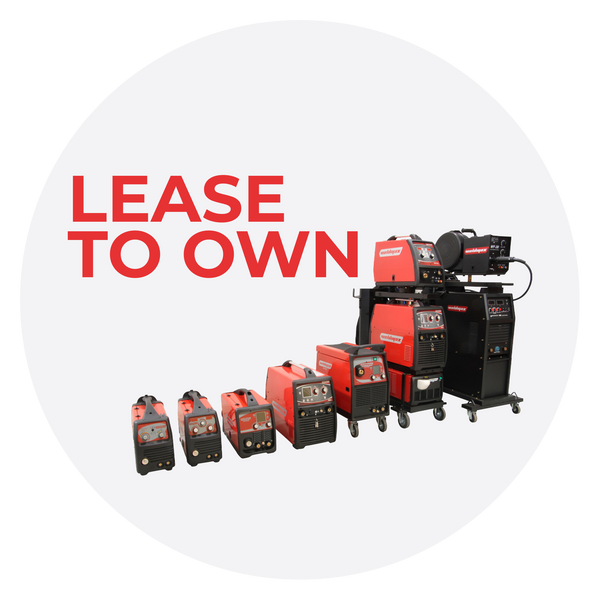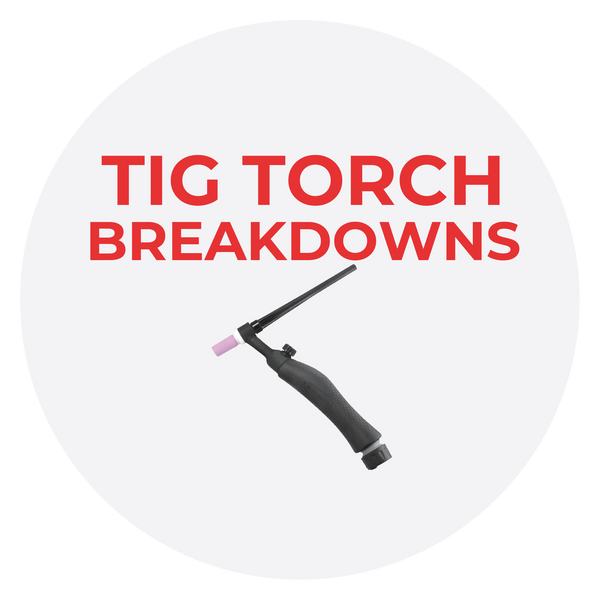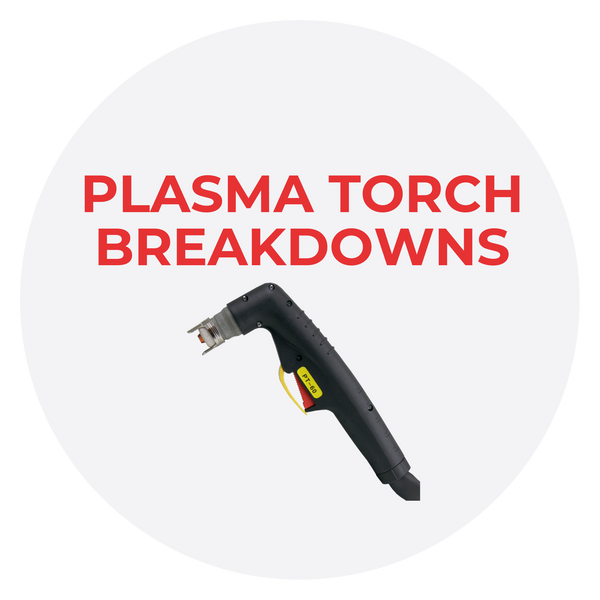
What Is Being Done in Australia Now That We Know Welding Fume Is Carcinogenic?
What Is Being Done in Australia Now That We Know Welding Fume Is Carcinogenic?

The Welding Fume White Paper by AWS on the IARC Reclassification of Welding Fume was intended to answer welders’ questions on what the reclassification meant for Australian welders and employers of Australian welders. We’ve had a huge response to this Welding Fume White Paper with thousands of downloads and many companies completely changing their stance on welding fume as a result. However, we’ve also had a lot of questions.
Here we will attempt to answer those questions:
What’s being done in Australia now that we know welding fume is carcinogenic?
Safe Work Australia leads the development of national policy to improve Workers’ Health and Safety (WHS) and workers' compensation arrangements across Australia. Safe Work Australia is aware of the recently published material by the International Agency for the Research on Cancer (IARC) which classifies welding fumes as a carcinogen. Safe Work Australia is investigating the classification of welding fumes according to the Globally Harmonized System of Classification and Labelling of Chemicals to provide further clarity on the duties relating to welding fumes under the model WHS laws. Welding fume (not otherwise classified) has an Exposure Standard based on an 8-hour working day time-weighted average (TWA) of 5 milligrams per cubic metre. These standards are currently under review along with the other metals that might be part of the welding fume. The review of the Model Code of Practice: Welding Processes, has been reviewed and approved and will be published on the Safe Work Australia website shortly^.
What should be done in the meantime?
Under the model WHS laws, persons conducting a business or undertaking (PCBUs) have a duty to identify hazards (for example, carcinogenic welding fumes) and manage risks relating to work. Duty holders must eliminate these risks where reasonably practicable, and where it is not reasonably practicable, they must manage those risks as far as is reasonably practicable using the hierarchy of control. In the case where elimination and the substitution of less hazardous materials is technically not possible, the use of the carcinogenic substances, such as welding fume, should be controlled to the highest practicable standard by the application of effective engineering controls such as ventilation systems and, where necessary, complemented by the use of appropriate Personal Protective Equipment (PPE) such as Welding Helmets with Powered Air Purifying Respirators. Duty holders should also review and adjust or modify the control measures that are in place to protect workers, as far as is reasonably practicable^.
So What PPE Respirator Options Are Available to Welders?
The following is an overview of four different types of welding respirators. In addition to your specific respiratory requirements, your selection process may also include factors such as equipment style/configuration, personal preference/comfort and maintenance considerations
Powered Air Purifying Respirator (PAPR)
- Required Minimum Protection Factor RMPF* of 50.
- High-efficiency particle filtration with some PAPR varieties also providing filtration of both particulates and gases, depending on filter selection.
- Many PAPR’s allow the welder to adjust the airflow rate providing a refreshing and cooling sensation for hot, humid jobs.
- Offers the welder complete mobility (not fixed to a hose etc).
- Much lower set-up costs as compared to Supplied Air and may deliver lower operating costs over time when compared to disposable and reusable respirators.
Supplied Air Regulators with Compressed Air
- RMPF* of 100+ gives the highest protection factor compared to the other forms of respiratory protection listed in this document.
- Clean air is supplied from an external source.
- Belt-mounted regulators can control airflow, normally with flow rates higher than that of a PAPR.
- Set-up costs can be prohibitive with the need for compressed air, an air filtration unit and appropriate air supply lines on top of the regulator and respiratory welding helmet.
- Restricted mobility compared to other forms of respiratory protection: connected to a filtration system and compressed air source.
Reusable Half Face Respirators
- RMPF* of 10
- Provide protection against solid and liquid particles.
- Specific products for organic vapour/inorganic vapours and acid gas/ammonia.
- Suitable for use under a welding helmet dependent on fit.
- If the respirator is not fitted correctly, protection may be compromised or reduced.
- Filters can become loaded extremely quickly in certain welding environments.
- Not suitable for use with facial hair.
Disposable Welding Respirators
- RMPF* of 10.
- For moderate levels of fine dust particles, oil- and water-based mists, metal fume and ozone.
- Lightweight and no maintenance required – disposable.
- Fits under virtually any welding helmet.
- If the respirator is not fitted correctly, protection may be compromised or reduced.
- Filters can become loaded extremely quickly in certain welding environments.
- Not suitable for use with facial hair.
How to Determine whether an Exposure Standard is Being Exceeded
The reclassification of welding fume as “carcinogenic to humans” by the IARC has sparked many companies to rethink their internal exposure limits. To determine whether an exposure standard is being exceeded, air monitoring will be necessary. The Australian Institute of Occupational Hygienists can be contacted to help find a qualified occupational hygienist who may be able to help.
First, You’ve Heard of all this and Want More Information?
If you are a welder, employ welders or know a welder and would like more information on this subject then please download our White Paper which takes a closer look at the recent reclassification of welding fume from an Australian perspective. On this landing page, you will also find detailed information on the dangers of welding fume and a strategic approach that can help to reduce exposure. For anything else, please feel free to contact AWS.
Credits to SAFEWORK/TEAM AWS
To know more about the latest information and news on the hazards of welding fumes click the link https://www.awsi.com.au/blog/welding-fume-white-paper
The QWS team is well trained in recommending efficient RESPIRATORY PROTECTION options to protect yourself from hazardous welding fumes at all times with efficient respiratory protection.
QWS offers a broad range of respiratory protection, we have RESPIRATORS WITH VALVES, FILTERS & PRE-FILTERS, SILICON HALF MASK FACE PIECE, PARTICULATE FILTERS, HEAD HARNESS, FILTER ADAPTORS, PEEL-OFF VISOR OPTIONS, NECK PADS, FILTER RETAINERS, TWIN FILTER HALF MASKS, RESPIRATOR CLEANING WIPES, SOCK FILTERS, DISPOSABLE RESPIRATORS, RESPIRATOR WELDING KIT, BREATHING TUBES and many more…
Click on the link to see our full range of Respiratory Protection https://queenslandweldingsupplies.com.au/collections/respiratory-protection
Contact Queensland Welding Supply anytime to discuss your personal requirements in detail so we can find the most suitable solution for you. CALL US 07 3399 6199 OR 1800 108 900






